The Aral Sea

Introduction
The Aral Sea lies in between Kazakhstan and Uzbekistan. The northern part of the sea is located in Kazakhstan while the southern part is in Uzbekistan. It was the fourth-largest sea in the world. But, the sea is no more the real sea now. The water area was about 60 km2 in the 1970s which has reduced to only 9 km2 now.
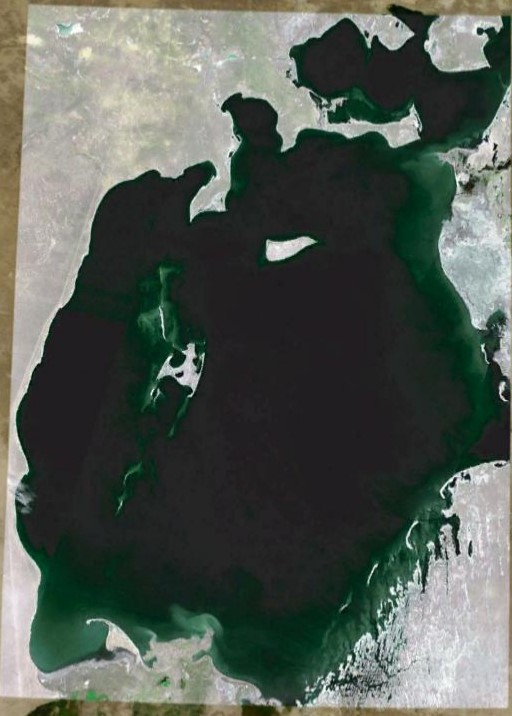
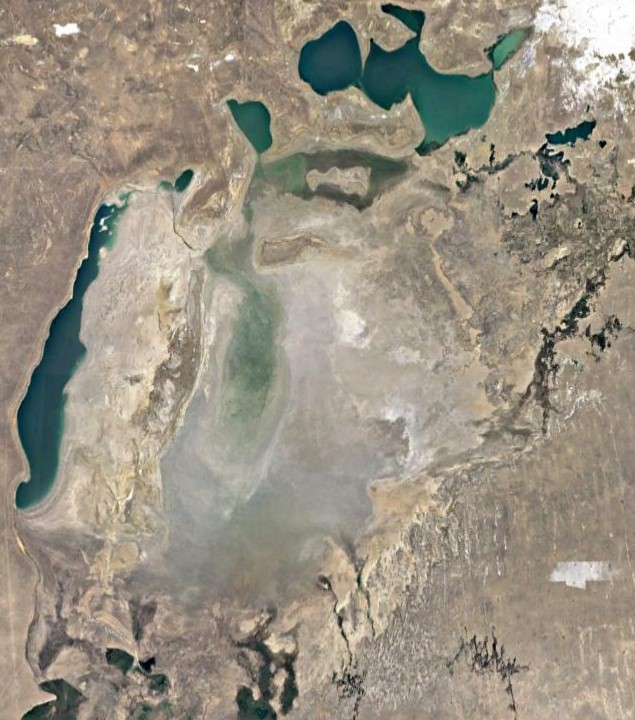
Changes of the Aral Sea
The changes in the sea are quite different than the rivers in the tidal area. Human interventions made this sea into a desert as a major irrigation project was executed to divert water for irrigation.
Besides, satellite images in the last five decades show that the water has reduced by roughly 7% as it was in 1973. Additionally, the eastern and southern parts become desert. The eastern part is now called the Aralkum desert. This tells that the environment of the sea declines with the ongoing tasks by a human.
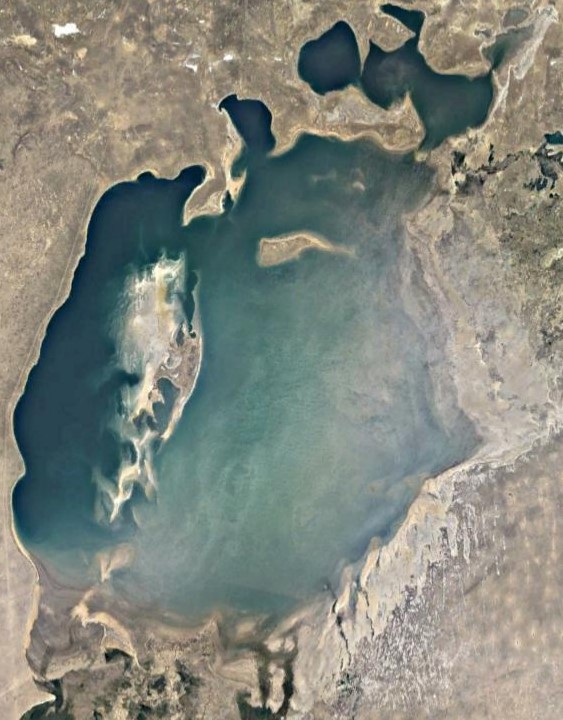
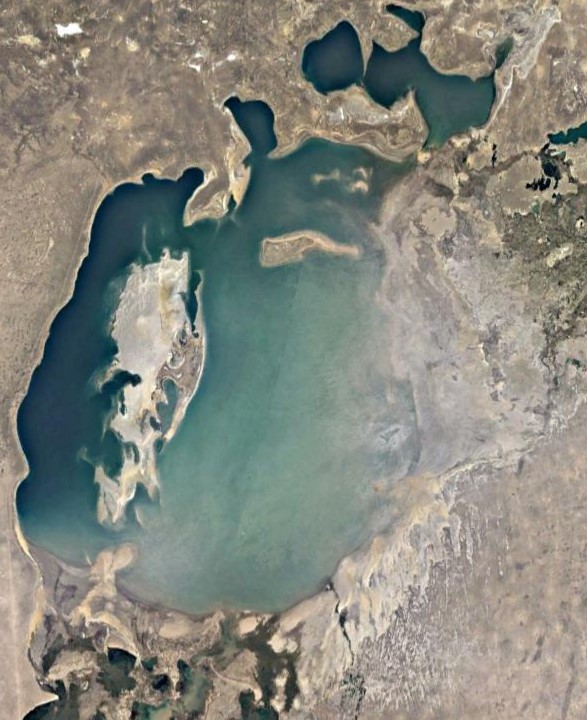

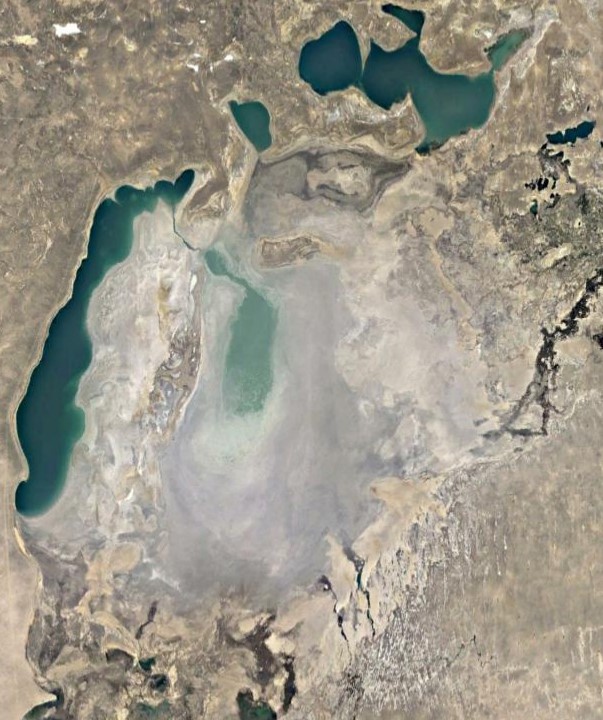
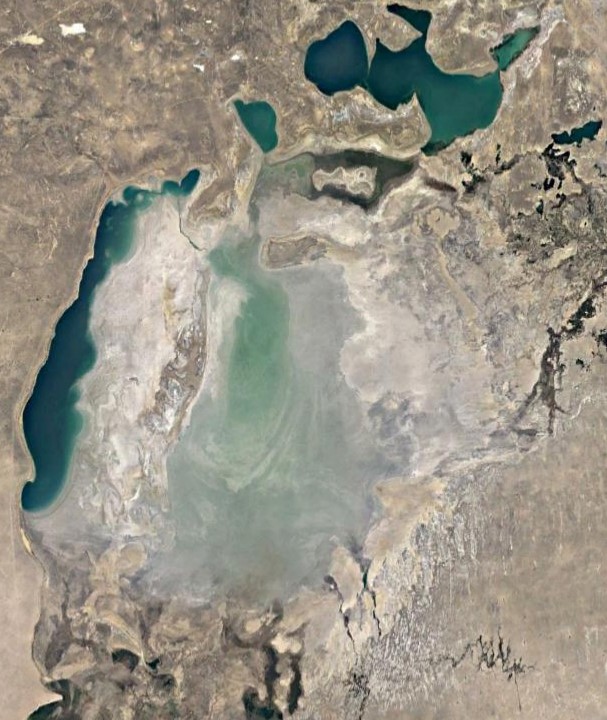
The Declining effect of the Aral Sea
Moreover, the declining effect of the sea also affects the people living around it. Reduction of the production of fish and high saline water triggers the suffering of people. Most importantly, pollution of the water by farming practices also brings health hazards and environmental degradation.
In addition to that, old ships are also present in the desert that present the condition of the sea. At the same time, the size of the ships also gives the data of the depth on the sea at that time.
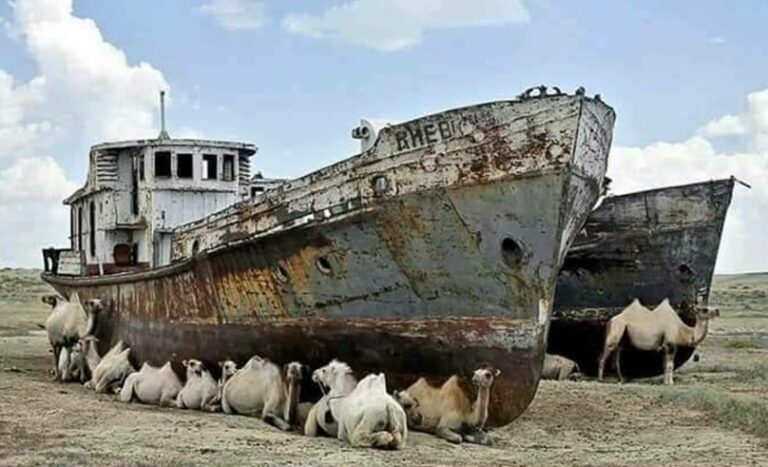
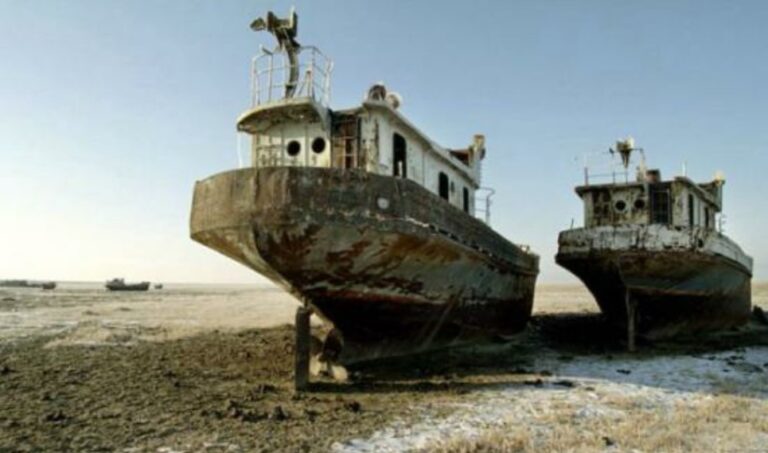
However, Kazakhstan built a dam at the beginning of the 21st century to restore the lake which increases fish production.
